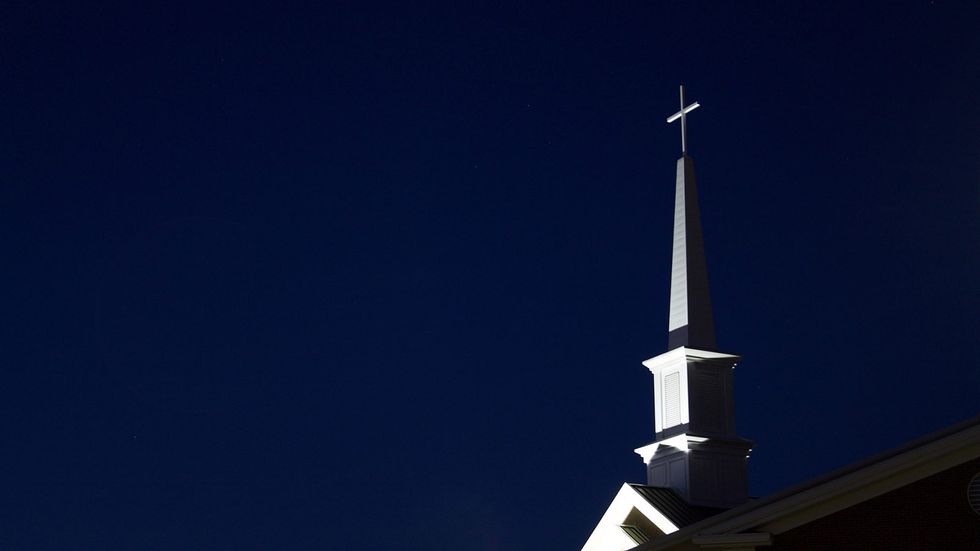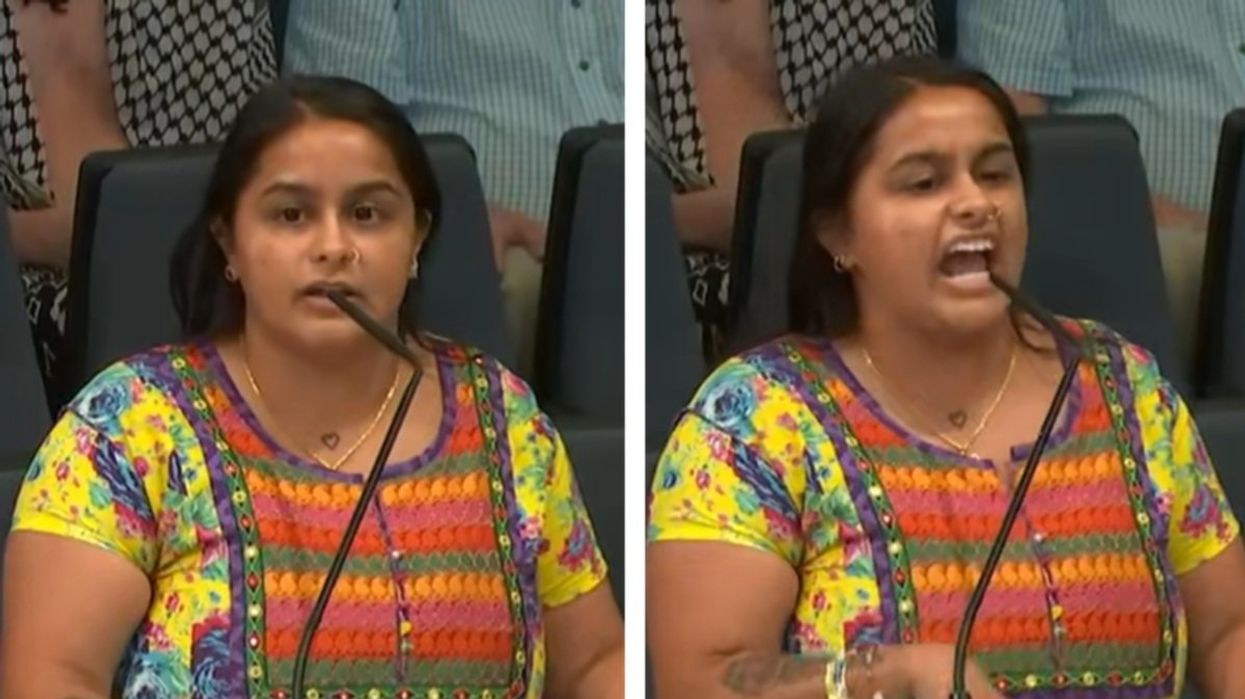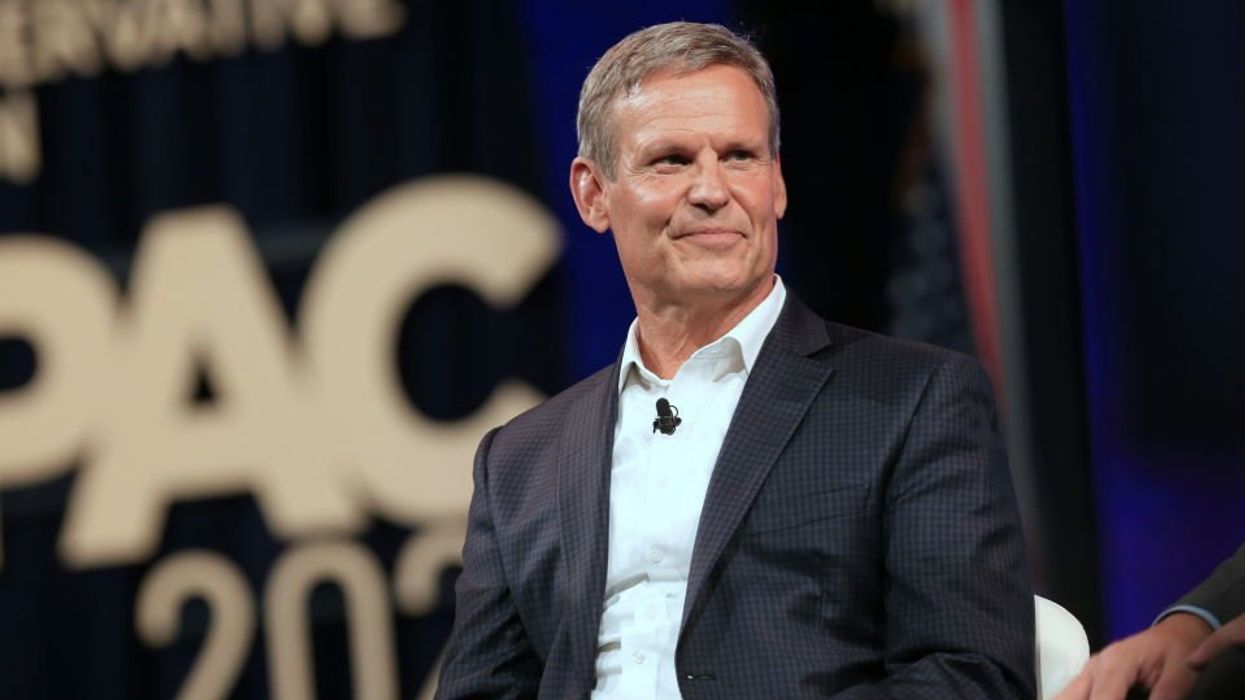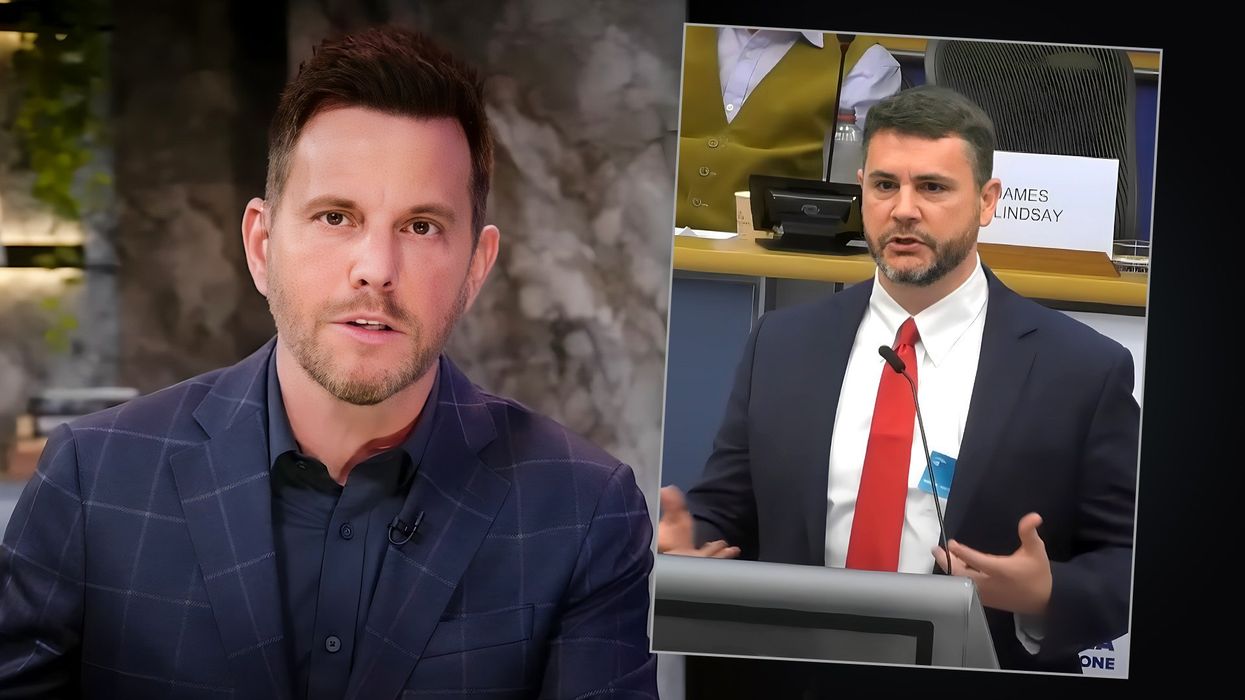
© 2024 Blaze Media LLC. All rights reserved.
New research confirms yet again what many Americans already knew: The divide between Left and Right in America is widening even further.
A post entitled “Don’t Bet On The Emergence Of A ‘Religious Left’” from the Public Religion Research Institute’s research director, Daniel Cox, highlights how the American Left is becoming less religious at a much faster rate than the Right.
Cox explains:
Nearly four in 10 (38 percent) liberals are religiously unaffiliated today, more than double the percentage of the 1990s, according to data from the General Social Survey. In part, the liberal mass migration away from religion was a reaction to the rise of the Christian right. Over the last couple decades, conservative Christians have effectively branded religious activism as primarily concerned with upholding a traditional vision of sexual morality and social norms. That conservative religious advocacy contributed to many liberals maintaining an abiding suspicion about the role that institutional religion plays in society and expressing considerable skepticism of organized religion generally. Only 30 percent of liberals report having a great deal or quite a lot of confidence in organized religion. Half say that religion’s impact on society is more harmful than helpful.
Of course, these numbers should be taken with a grain of salt, if one takes seriously the research in Rodney Stark’s 2015 book “The Triumph of Faith.” In the book, Stark – a sociologist at Baylor University – looks at the inherent flaws in a great deal of similar research and how its missed nuances skew the numbers away from a more accurate and detailed understanding of religious belief in the U.S.
But this research does indeed speak to an apparent truth to even the most casual observer: Religion on the Left is dying out. Furthermore, it also suggests that while organized religion on the American Right has also diminished over the past few years, the chasm between the faiths of the two poles of American political life is growing wider.
Even more, the philosophical frameworks in which we debate the issues of the republic are growing more and more different from each other, leading us to effectively talk past each other, not debate, on issues like religious freedom, marriage, abortion, and others.
It’s nearly impossible to deny that the Left is becoming not only less religious, but more anti-religious. A lot of this can be attributed to the fact that liberal churches have been dying for some time while conservative denominations thrive.
This divide is evident most of all in how political coalitions have changed over the years. Cox says “religious liberals who once operated in the center ring may now have to come to terms with working outside the spotlight,” and he appears to be right.
While the Democrat Party and the greater political Left used to have a space for religious progressives, this wiggle room has all but disappeared. One need only look at the remaining handful of pro-life Democrats in Congress or the dramatically altered landscape regarding conscience rights between the 1993 passage of the Religious Freedom Restoration Act and today to get a glimpse of a much larger picture.
The other side of this is where religious conservatives should take the most heed. While the increasingly irreligious Left may be out of political power, at least until 2019, it has cultural cachet in spades. This will naturally prompt a different kind of public engagement paradigm from that seen in past generations – ones that Rod Dreher, Anthony Esolen, and R.R. Reno seek to outline in recent books – the former two of which I am still digesting.
One thing is certain: In the present and future political landscape, culture and community will indeed have to be the new watchwords of political engagement for those who still hold fast to the classical triad of the true, the beautiful, and the good.
One clear implication for both sides of the divide, however, is a need to return to the tenets of our original federal system.
We have never in recent memory been more divided in our worldviews as fellow citizens. Ironically, we have also never in recent memory been so in need of a federal system that allows for different societies in this union to govern themselves while debating issues that affect us in the public square, and we have never been farther from it. In an era of such contrast among fellow citizens, good fences are necessary to good neighbors; it’s high time we mended them.
Here's an idea ... let's keep politics local. It's not too late to try CRTV for 7 days FREE: CRTV.com
Posted by CRTV on Wednesday, March 1, 2017
Want to leave a tip?
We answer to you. Help keep our content free of advertisers and big tech censorship by leaving a tip today.
Want to join the conversation?
Already a subscriber?
more stories
Sign up for the Blaze newsletter
By signing up, you agree to our Privacy Policy and Terms of Use, and agree to receive content that may sometimes include advertisements. You may opt out at any time.
© 2024 Blaze Media LLC. All rights reserved.
Get the stories that matter most delivered directly to your inbox.
By signing up, you agree to our Privacy Policy and Terms of Use, and agree to receive content that may sometimes include advertisements. You may opt out at any time.



